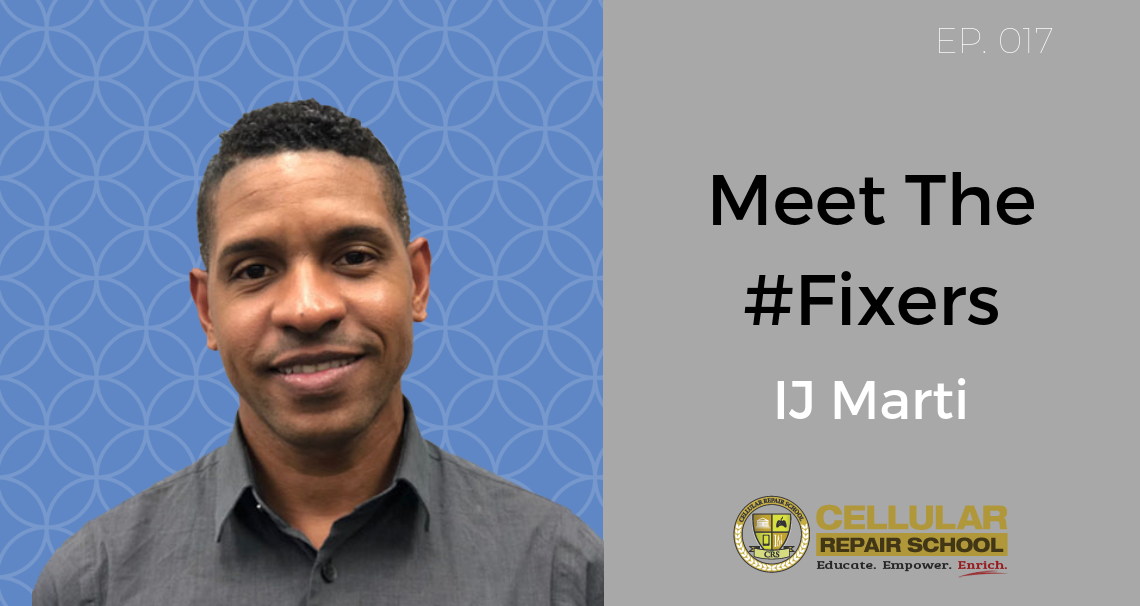Cell Phone Soldering: A Beginner’s Guide to Choosing the Right Solder
When it comes to cell phone logic board repair, mastering the art of soldering is like holding the key to a treasure chest. Soldering, the process of joining two metallic surfaces with molten metal, is a foundational skill. Whether you’re a hobbyist looking to make repairs at home or aspiring to become a professional technician, understanding the types of solder available and when to use them is crucial.
What is Solder, and Why Does It Matter?
Solder is more than just metal; it’s a bridge that connects components, making sure your cell phone operates smoothly. Primarily, there are two types of solder you’ll use for the types of cell phone soldering repairs: the tin/lead mixture and the lead-free alloy.
- Tin/Lead Solder: Often composed of 63% tin and 37% lead, this solder type is a favorite for many due to its lower melting point. This characteristic means less heat is required, reducing the risk of damaging delicate components on your cell phone’s logic board. It’s the go-to choice for many because it strikes a balance between ease of use and reliability.
- Lead-Free Solder: As the name suggests, this solder does not contain any lead, making it a safer, environmentally friendly option. However, it demands a bit more from the technician. Lead-free solder requires temperatures 20-45 degrees higher than its tin/lead counterpart to melt. This requires precise microsoldering skills to avoid overheating components, a skill that comes with practice.
Choosing the Right Solder for Your Project
The choice between tin/lead and lead-free solder isn’t just about melting temperatures; it’s also about the project’s requirements and your commitment to environmental stewardship. Here’s how to make the right choice:
- If you’re working on older cell phones or devices where component sensitivity is a concern, tin/lead solder might be your best bet. It’s easier to work with and less likely to cause heat damage.
- For newer devices or when working in environments where lead use is discouraged or banned, lead-free solder is the way to go. Yes, it requires a bit more skill, but it’s a small price to pay for safety and environmental responsibility.
Mastering the Technique
Soldering is as much about technique as it is about the material. Whether you’re using tin/lead or lead-free solder, here are a few tips to get you started:
- Heat Management: Keep a close eye on the temperature of your soldering iron. Too hot, and you risk damaging the board; too cool, and the solder won’t flow properly.
- Practice Makes Perfect: Before attempting repairs on an actual device, practice your soldering technique on a spare circuit board. This will help you get a feel for the solder’s flow and how quickly it cools.
- Stay Informed: Soldering technology and techniques evolve. Stay up to date with the latest practices and materials to ensure your skills remain sharp.
Joining the Revolution
Cell phone repair is an exciting field, offering the opportunity to breathe new life into devices and save users from the cost of replacements. By mastering the art of soldering, you’re not just fixing phones; you’re keeping them out of landfills and contributing to a more sustainable world.
This journey requires patience, practice, and the right knowledge. Understanding the different types of solder and when to use them is your first step. From there, it’s all about honing your skills and staying curious. Welcome to the world of cell phone repair, where every soldered joint is a step towards mastery!
Speaking of mastery, if you’re interested in joining a program of like minded technicians, looking to learn the newest skills and techniques, and earning validated industry credentials – you should check out our Level 3 & 4 Logic Board Microsoldering Coaching and Certification course.







